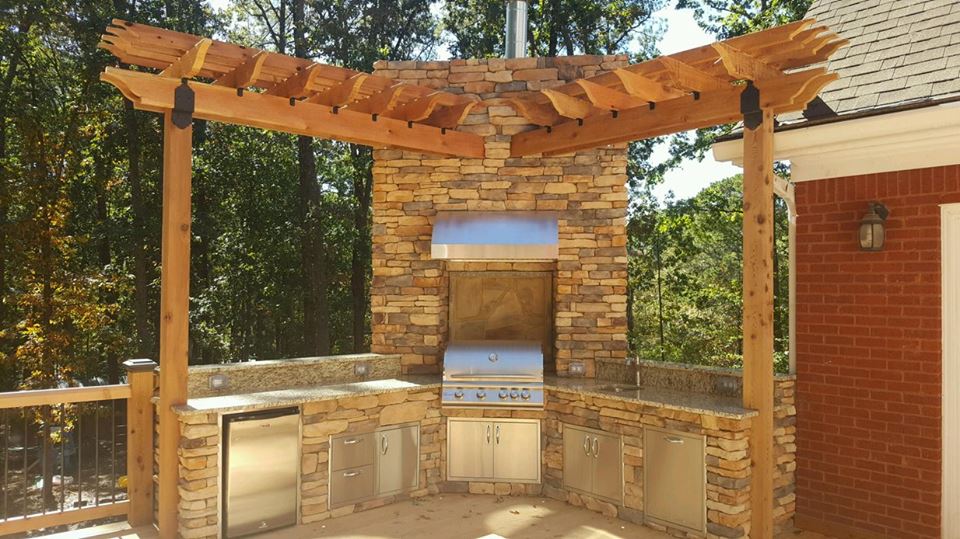
In the summer months, there is nothing better for outdoor entertaining than an outdoor kitchen. The best type will include a place to cook, a place to clean, and storage space as well as seating for you and your family and friends. But the options are endless and the design choices as versatile as those you would consider for you indoor everyday kitchen.
An outdoor kitchen is more than just a deck or patio where you cook on a moveable barbecue unit like a Weber kettle or a gas cooker on wheels. To fulfill the definition, an outdoor kitchen should be built in and should incorporate all the necessary elements of your indoor kitchen. Ideally then, there will be cupboards and a sink with running water. Additionally, you might want to include a pizza oven, a fire pit, and maybe even a bar with a refrigerator.
The actual materials used to build your own outdoor kitchen are no different to the materials used for any other outdoor structures. Bricks and blocks are common and manufactured stone as a veneer has become increasingly popular in recent years. Stone veneer can be used as a cladding for ordinary cement or concrete bricks and blocks, or even for a framework made from lumber or steel and pressure-treated plywood or galvanized steel plate. Of course, solid natural stone is another option, but it’s heavy, expensive, and you’ll need a stonemason to cut and lay it. If you opt for concrete blocks and a stone veneer you could do it yourself!
Planning Your Outdoor Kitchen
The most important things to consider are:
- What will be included in your outdoor kitchen. A gas unit will need a gas connection, and a sink will require plumbing. For the rest, the construction method you decide on will determine the skills needed for the project.
- Exactly where it will be located. Both boundary lines and utility lines will have to be considered.
- What permissions including permits you will need. Utility lines generally need safety permits. Your local authority will be able to advise whether you need plans and planning approval.
- What sort of foundation, if any, will be required. However, this depends on what you are going to build. Many outdoor kitchen structures are defined as non-permanent because they literally sit on their own weight.
- What basic construction method you are going to follow. If you opt for a brick or block structure (blocks are probably the cheapest of all) you will need to know how to lay bricks or blocks or hire someone who does. Steel frames are relatively easy to install but might require some welding work.
- Finish. A manufactured stone veneer will produce a magical effect with any of the construction methods chosen.
Native Custom Stone offers stone veneer that mimics just about any type of natural stone from ashlar and stacked stone to river stone and great big blocks of stone. Because it is manufactured, it weighs a lot less than natural stone and can be installed easily and much more quickly. Call us to see which type of stone veneer will work best as a finish for your new outdoor kitchen project.


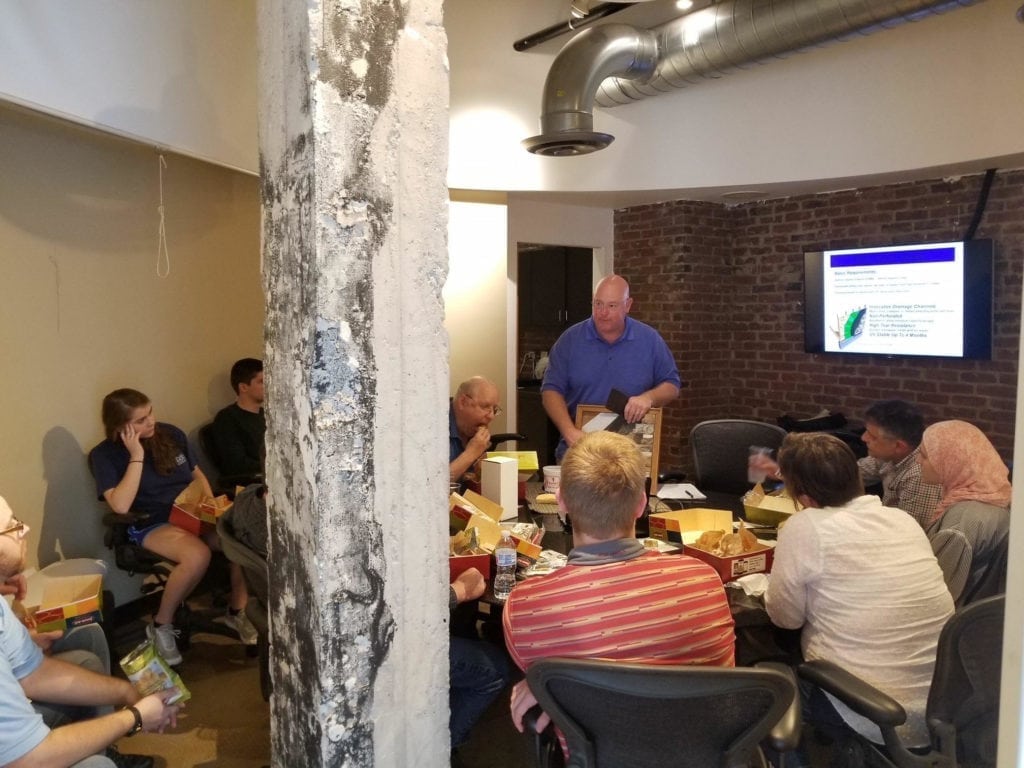
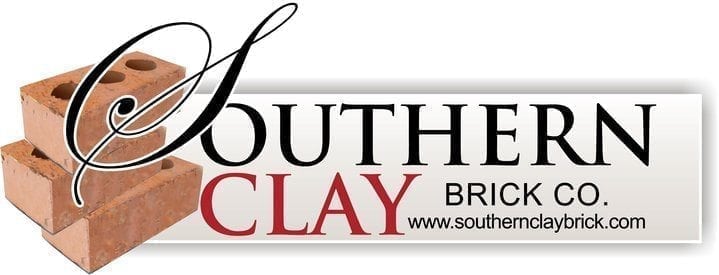
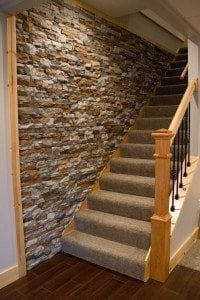

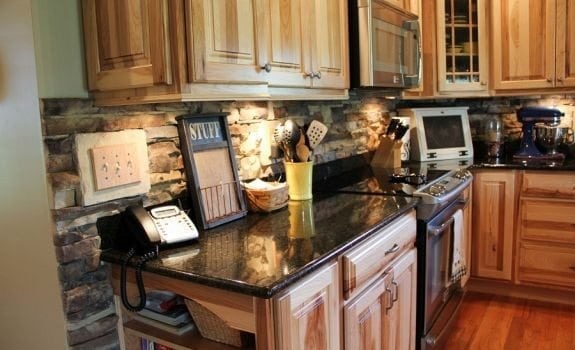
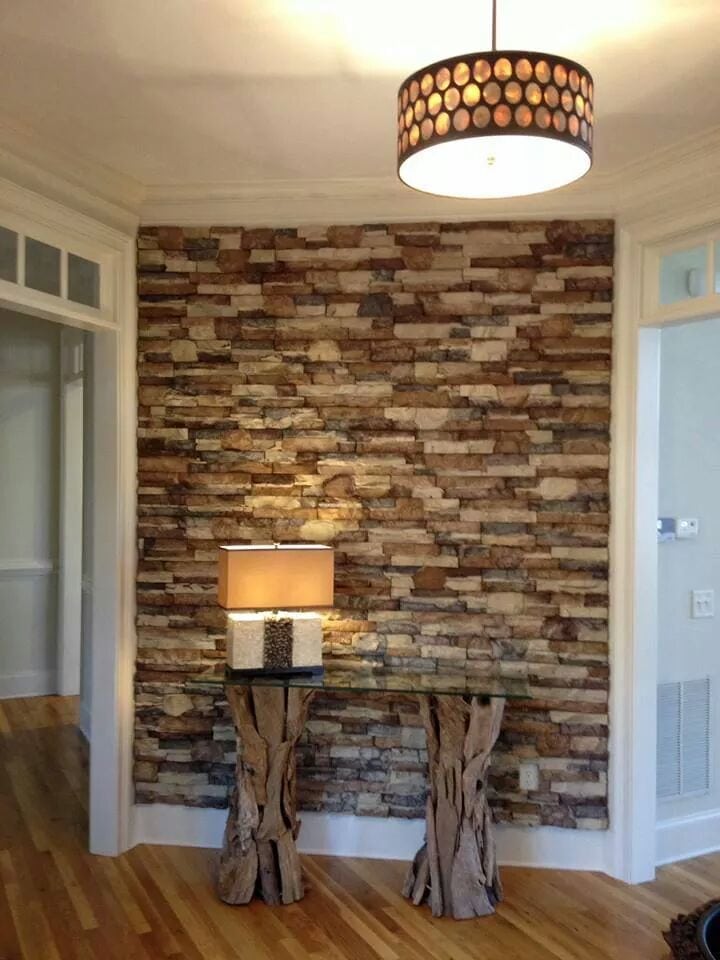
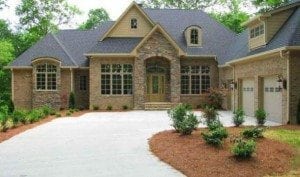



Follow Us!